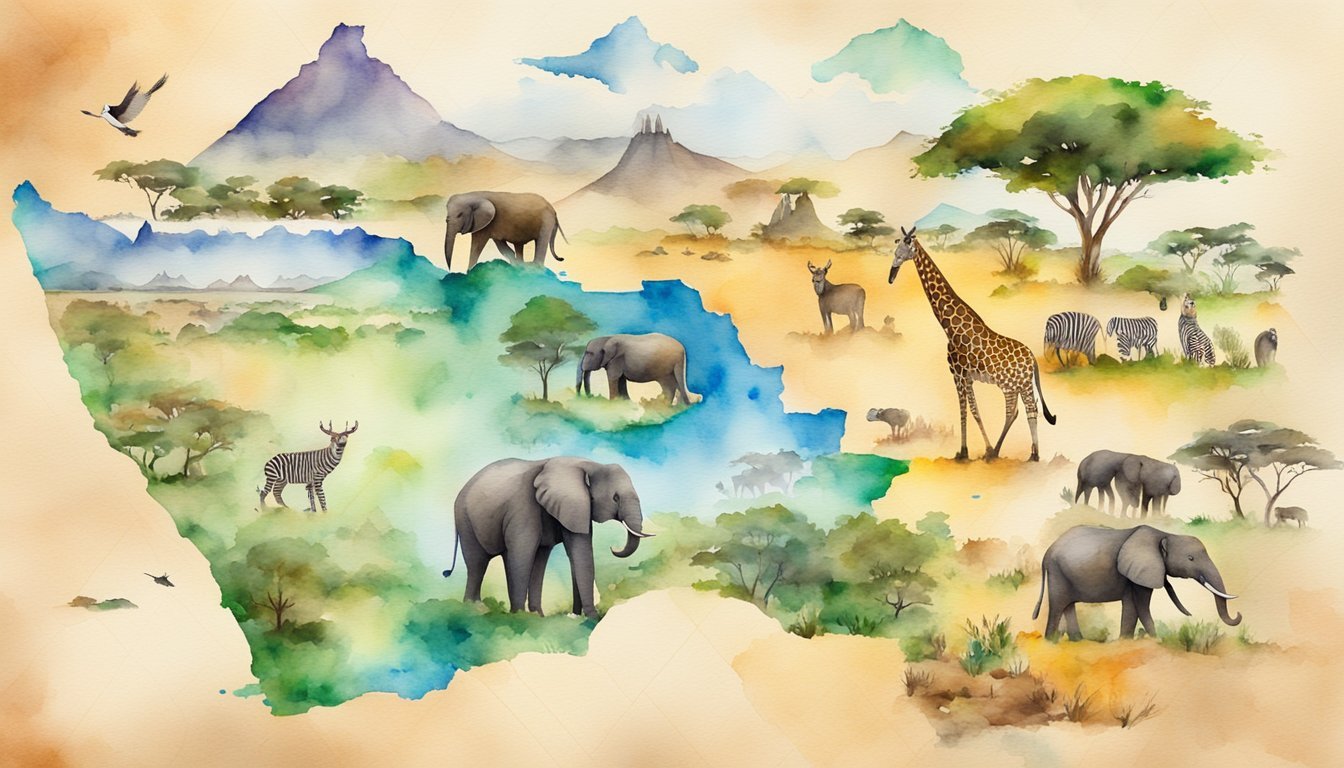Understanding Kenya

Geographical Location
Kenya is a country in East Africa, sharing borders with five other countries: Uganda to the west, South Sudan to the northwest, Ethiopia to the north, Somalia to the east, and Tanzania to the south. Its southeast flank meets the Indian Ocean. The country’s total area is approximately 580,650 km². The geography of Kenya is diverse, with coastal areas, the Rift Valley, and mountains, including Mount Kenya, the country’s highest peak. The capital city is Nairobi, and the country is situated near the Equator.
Some natural wonders in Kenya include Lake Victoria, the largest lake in Africa and the second-largest freshwater lake in the world, and the Great Rift Valley, which stretches across Eastern Africa from Ethiopia to Tanzania.
Historical Background
In terms of Kenya’s historical background, the country has a rich and diverse past. Early human ancestors, including some of the oldest known hominids, have been discovered in the area, making Kenya an important site for human evolution.
Throughout history, various groups migrated to and settled in the region, bringing a wide range of cultures into the country. The Bantu, Nilotic, and Cushitic ethnic groups still make up a significant portion of Kenya’s population today.
Kenya was colonized by the British in the 19th century, but gained independence on December 12, 1963. The country became a republic the following year, with Jomo Kenyatta as its first president. Since then, Kenya has experienced political and social changes, including the establishment of a multiparty system and a new constitution in 2010.
Ethnically, Kenya is a diverse nation, consisting of over 40 different ethnic groups. The largest of these are the Kikuyu at 22%, followed by Luhya (14%), Luo (13%), Kalenjin (12%), Kamba (11%), Kisii (6%), and Meru (6%). Each ethnic group has its unique language, customs, and traditions, contributing to the country’s rich cultural tapestry.
Kenyan Identity and Society
Demographics and Culture
Kenya, a republic in East Africa, has a diverse population of over 47 million people1. The country gained its independence in 1963 and has since developed a rich culture with various ethnic groups and languages. Kenyans primarily speak English and Swahili, with other ethnic languages such as Kikuyu, Luhya, Luo, Kamba, and Maasai also being spoken2.
Religion plays a significant role in Kenyan society, with Christianity and Islam being the major religions3. Music is an essential aspect of Kenyan culture, reflecting the country’s diverse heritage and traditional folklore4. The use of Sheng, a hybrid language combining Swahili and English, has become increasingly popular among the youth and serves to create new group solidarities5.
Politics and Government
Kenya’s political landscape is characterized by democratic systems and processes. The president serves as the head of state and government, overseeing the country’s development and progress. However, the ongoing challenge of political patronage, exclusion, and inter-group inequality has hampered the efforts to create a unified national identity6.
Economy and Development
Kenya has a growing economy that heavily relies on agriculture, particularly tea and coffee production7. Kenya’s currency is the Kenyan shilling, and its economy is also boosted by tourism, which takes advantage of the country’s abundant wildlife and picturesque landscapes8. In an effort to decentralize governance and promote more equitable development, Kenya has established 47 counties, each with its own government9.
How Does Nairobi’s Location in Kenya Enhance Its Appeal as a Travel Destination?
Nairobi’s strategic location in Kenya makes it an exceptional travel destination, blending urban energy with natural beauty. Visitors are captivated by the contrast of bustling city life and stunning landscapes. For those seeking thrills and exploration, nairobi’s vibrant outdoor adventures await, offering safaris, hiking, and wildlife attractions right at the city’s doorstep.

